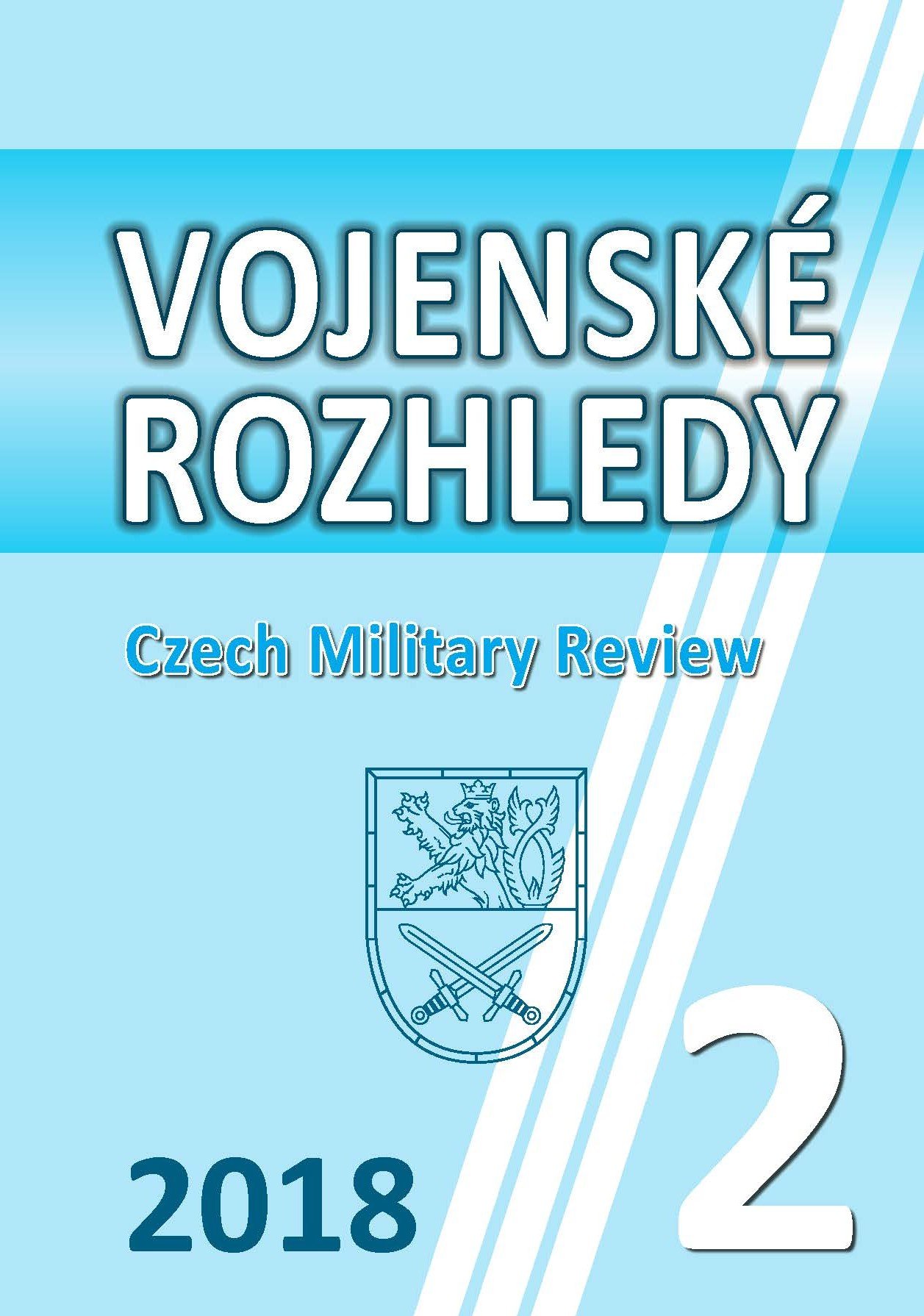Strategické angažovanie Ruskej federácie a Spojených štátov amerických v Južnom Kaukaze
Strategic engagement of the Russian Federation and the United States of America in the South Caucasus
Four phases of development
Author(s): Jakub MacoSubject(s): Peace and Conflict Studies
Published by: Univerzita obrany - Centrum bezpečnostních a vojenskostrategických studií
Keywords: Armenia; Azerbaijan; Security; Georgia; NATO; Russia; Sphere of influence; Strategy; USA
Summary/Abstract: This article analyzes strategic engagement of the Russian Federation and the United States of America in the South Caucasus in four phases of development from the end of the Cold War until present day. The first phase covers early nineties, the second is from mid-nineties to 2003, the third from 2004 to 2008 and the fourth from 2009 to 2016/2017. There are three key trends during the examined period. First, Russia has permanent strategic interests in the South Caucasus due to maintaining its own state security and securing the position of the most prominent external actor in the region. Second, Russia’s weakness and active engagement of the US/NATO are barriers to realizing Russia’s state interests. Third, the South Caucasus is strategically more significant to Russia than the US/NATO.
Journal: Vojenské rozhledy
- Issue Year: 27/2018
- Issue No: 2
- Page Range: 125-141
- Page Count: 17
- Language: Slovak

